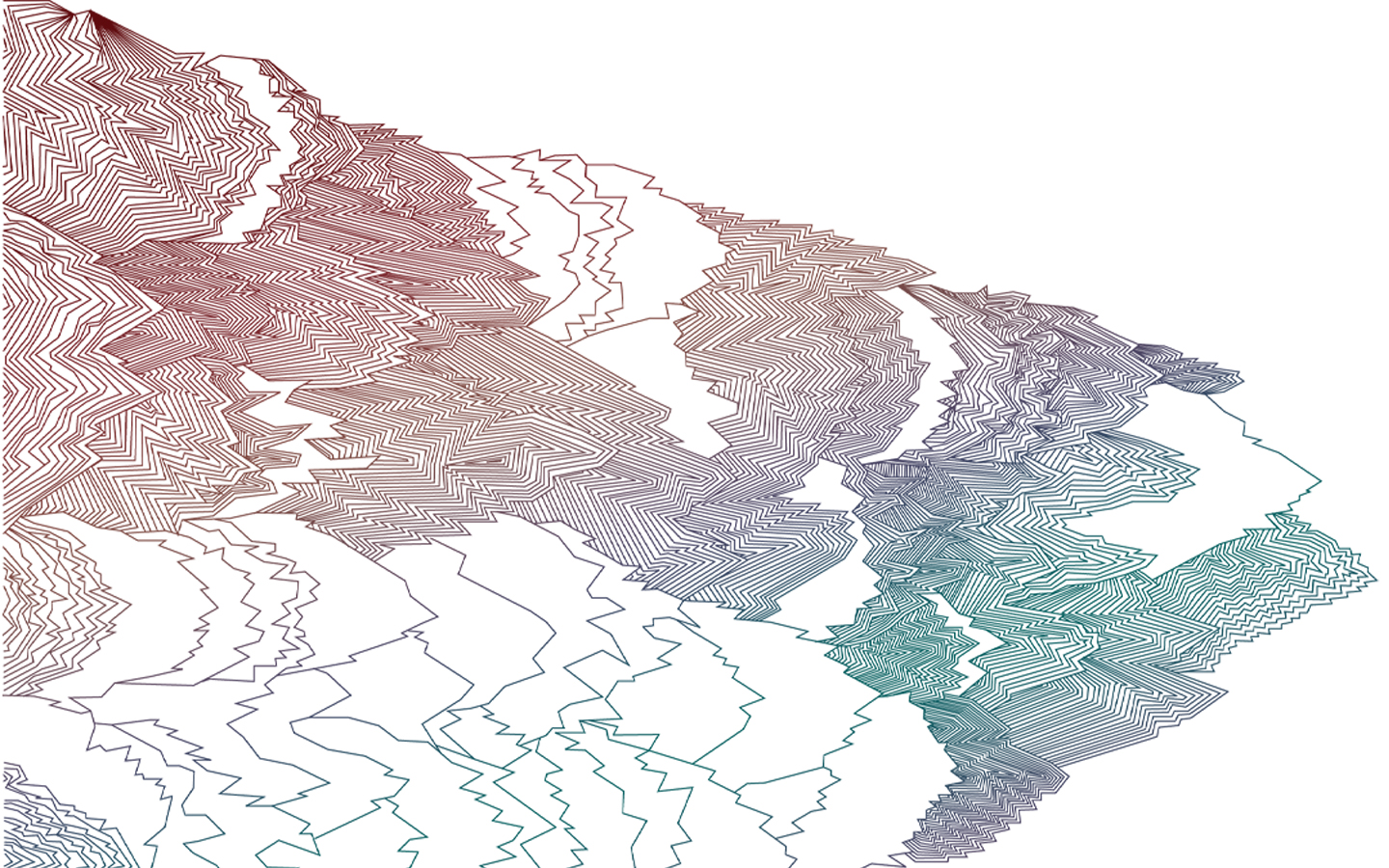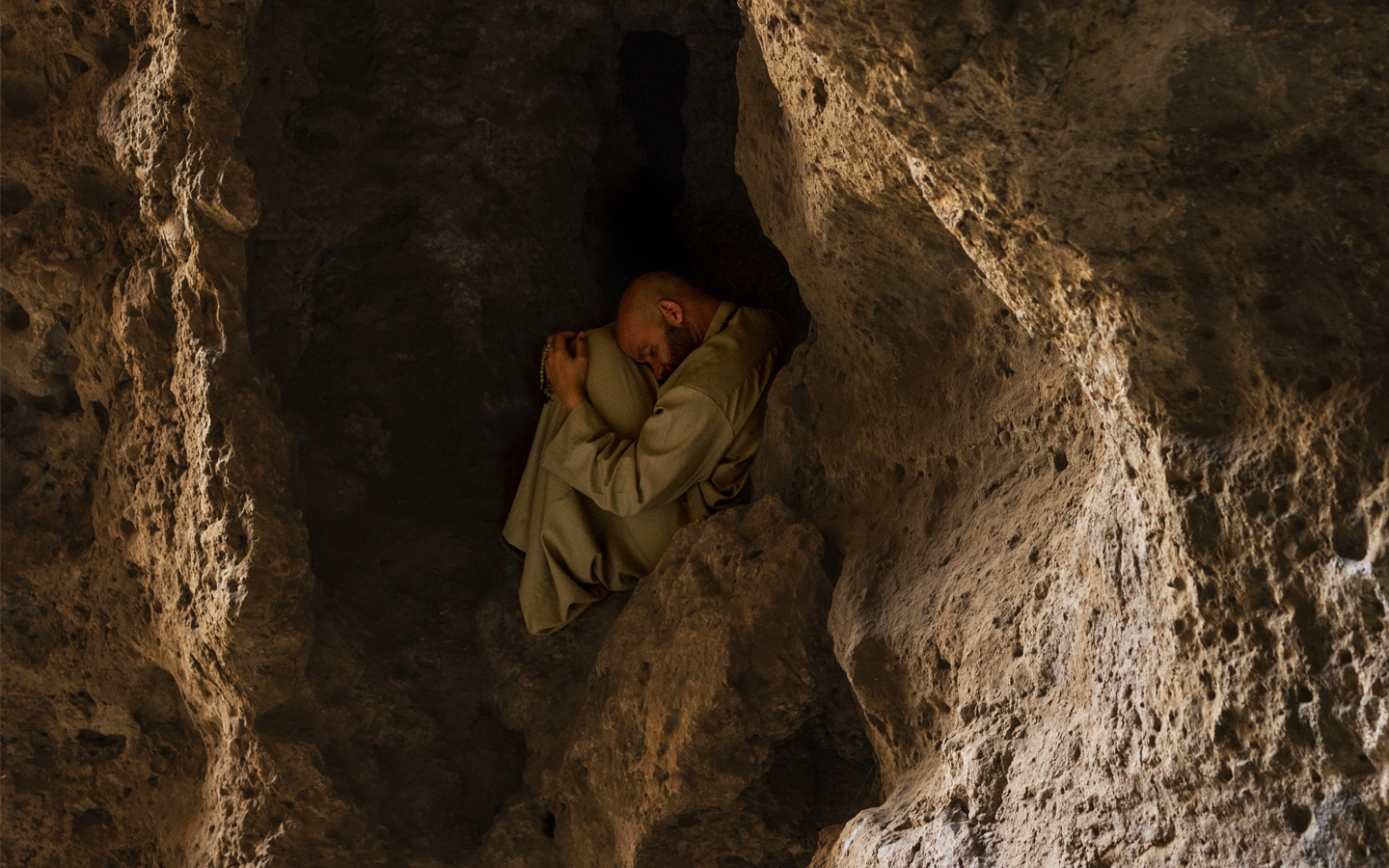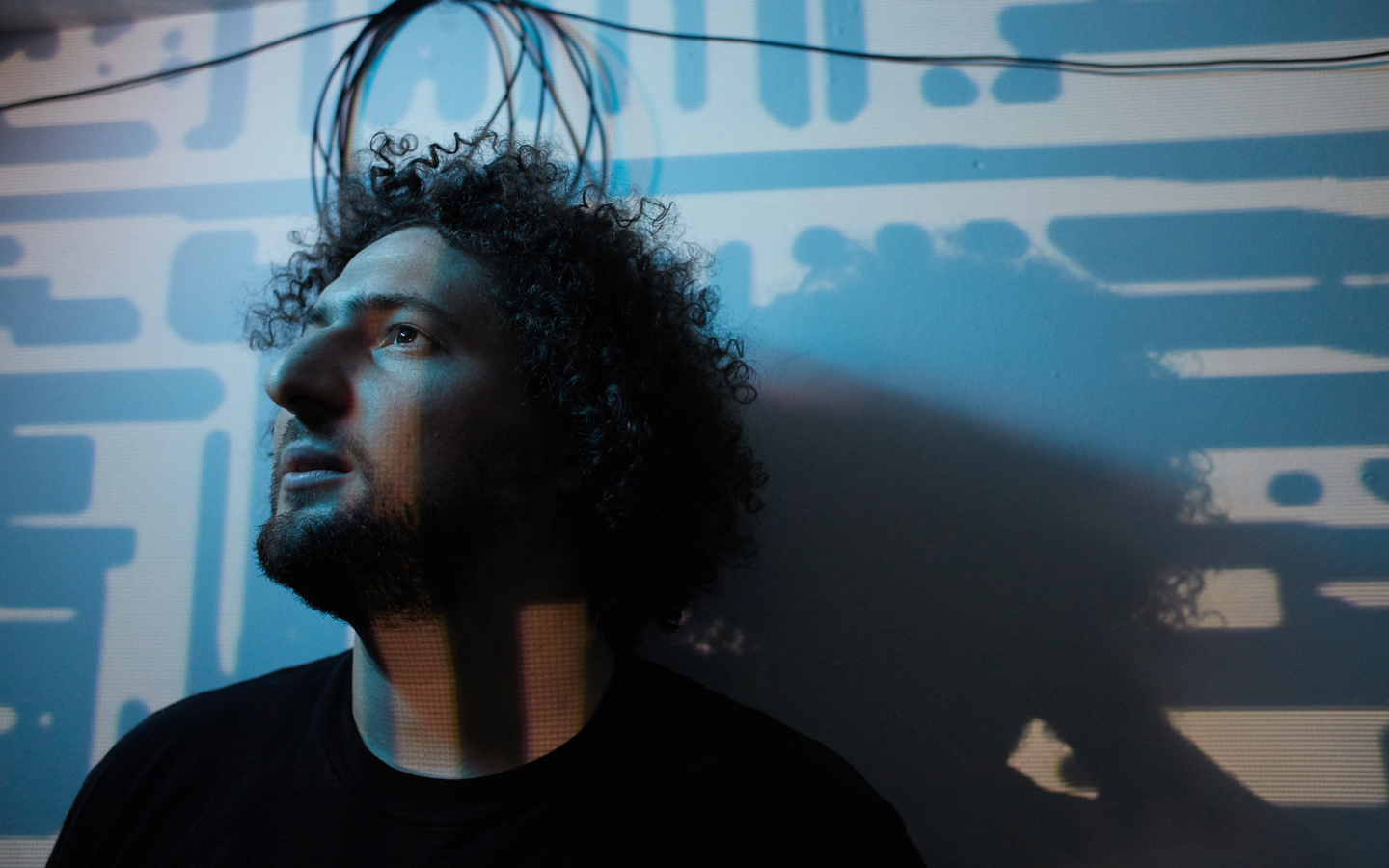
Welcome to the Crescendo
TEXT BEN TSE
VISUAL FARIDA AMAR
“Until you make the unconscious conscious, it will direct your life and you will call it fate.” — Carl Jung
It is 2017, still early in an uncertain and fearful century. You and I are privileged to be cast in an epic story: the hero’s journey of the human soul. By 2030, our population will reach 8.5 billion, and by 2050, 9.7 billion. Climate change will continue to bring about geopolitical instability, and resource scarcity will drive us toward conflict. Ideologies will become increasingly volatile. Everything is speeding up, and chaos looms.
Technology offers a physical form of hope. The brightest among us pursue wild and awe-inspiring developments in robotics, artificial intelligence, physics and genetics. We astonish ourselves with our ingenuity, but also cling desperately to it, as if our inventions are the saviors of our time. Perhaps, we speculate, we will upload our minds, escape to another planet, or create artificial intelligence wiser than us. But despite our material progress, war rages, children starve, and diseases ravage. Our advancements have mostly brought relief to the few, often at the expense of the many.
As our technological prowess grows, so do our challenges. For every scientist, engineer and philanthropist, there is a charlatan, a perpetrator or a militant. Our technology cannot save us from ourselves. Although immensely powerful, technology is only a tool. It is the wielder who determines whether a tool is used for good or for ill. But too often we are like babies with blowtorches. We brandish power that surpasses our wisdom. So the hero asks: if the adversary is myself, then who am I?
Explaining Water To Fish
We are multifaceted beings, comprised of mind, body and spirit. Over the past century, the scientific method has overthrown superstition and given us a deeper understanding of our minds and bodies. Yet this revolution has left the spirit woefully neglected. Our minds are expanded by 21st century technology and our bodies healed by 21st century medicine, but our spirits are still attended to with medieval dogma. Fortunately, this is beginning to change. Our scientific frontier has moved step-by-step from the outside in. We have observed the universe,explored the earth, and peered into our cells. Now, we broach subatomic realms and the fabric of reality itself. We’ve begun to realize that we are fish in water, immersed so deeply in something so subtle we could not readily perceive it.
The cutting edge of science finds itself encroaching on the terrain of monks and philosophers. Quantum physics, neurology and medical science are converging on the phenomenon of consciousness. The realization is dawning that consciousness is not limited to the confines of our minds, yet we cannot explain how it exists and functions beyond those boundaries. When it comes to the existence of a spiritual reality, we are uncertain and fearful. Is it a coincidence that our attitude toward consciousness mirrors the state of our world? Sooner or later, we will see that we have nothing to fear. The realization of the impact of consciousness will upend our world. As Carl Sagan said, “Science is not only compatible with spirituality, it is a profound source of spirituality.”
Take The Red Pill
There is more to reality than what we experience day to day. This terrifies us because we don’t know what to expect, but it also inspires us, because intuitively we know it to be true. We catch glimpses of this mystery when we dream, when we look upon the inspired work of artists, and when we look up at the stars. This greater reality beckons the hero with the prospects of understanding. If we are to explore this new frontier with the reverence it deserves, what might that process look like?
We would need a reliable gateway, a scientific method to measure its results. Such a thing exists, and it is called the entheogen. These are naturally occurring organic compounds such as ayahuasca, peyote, psilocybin, and iboga. For decades, the medical community has studied entheogens in safe and supportive environments. Archeological studies across the globe have revealed the well-documented use of entheogens for centuries. The spiritual worldview of nearly every notable ancient civilization, from the Maya and the Zulu to the Hebrews of the Bible, was centered around the ceremonial experience of entheogenic compounds. Entheogens allow us to see our consciousness for what it truly is. It is the red pill, and it delivers a humbling and awe-inspiring perspective. As noted by a researcher at the New York University School of Medicine, entheogens cause “individuals [to] transcend their primary identification with their bodies and experience ego-free states… and return with a new perspective and profound acceptance.” This is the experience of spiritual maturity.
Between 1953 and 1973, the U.S. federal government spent four million dollars to fund 116 studies of entheogens. Many of these studies showed these molecules to be effective in the treatment of OCD, PTSD, nicotine addiction, alcoholism, depression and cluster headaches. Entheogens have also been used as a side-effect free method of treating pain and discomfort in cancer patients. In 1970, the war on drugs began. Richard Nixon signed the Controlled Substances Act, which classified many entheogens as Schedule I drugs—casting the stigma on these substances that has persisted to this day. As entheogen advocate Terence McKenna once said, fifty years ago we missed our chance for a spiritual revolution.
With the end of the war on drugs forty years later, we are experiencing a renaissance of entheogenic research and application. Currently there are clinical trials at NYU about the effects of entheogens on alcoholics. At Johns Hopkins, the UCLA Medical Center, the University of New Mexico, and the Imperial College in London, scientists and researchers eagerly reconsider the therapeutic potential of these compounds. In 2006, a double-blind study was conducted at Johns Hopkins on thirty-six volunteers who had never taken a hallucinogen. They report that “when administered under supportive conditions, [entheogens] prompted reactions similar to spontaneously occurring mystical experiences. Participants ranked these experiences as among the most meaningful in their lives, comparable to the birth of a child or the death of a parent.”
The study measured experiences of unity, sacredness, ineffability, peace, and joy; the impression of having transcended space and time; and the “noetic sense” that discloses objective truth about reality. The positive results were described by Roland Griffiths, pharmacologist at Johns Hopkins University School of Medicine, as “mind-blowing.” He went on to say that “if you can create conditions in which seventy percent of people will say they have had one of the five most meaningful experiences of their lives… to a scientist, that’s just incredible.”
How might the conflicts of our world resolve if every individual were to experience the peace, joy, unity and sacredness of reality?
A Better Question
Like any path that leads to truth, entheogens are not a cosmic cheat sheet with all the answers spelled out. Rather, entheogens grant us the experience of a greater perspective, which allows us to ask greater questions. Just as a child’s maturity is spurred by the depth of his or her questions, it is only through discussing better questions that our world can mature into a better reality. Today, we ask: “Who is right? Who is wrong? Who is good? And who is bad?” But with binary questions come binary answers. The outcome of these questions can only be a war cry—who to shame and who to destroy? What would the world be like if instead we asked a different sort of question: “Who are we becoming?” “Why are we afraid?” “What is agapè?” “And why not?” Indeed, why not explore the interior realms with the same conviction that fuels our expeditions into the deepest oceans and to the farthest stars?
You may also like
Jewel Thais-Williams
More than a nightclub, Jewel’s Catch One was a safe haven.
The Triangle
Three points demarcate a familiar shape: the Triangle. For our purposes, these points are Control,C
Will Michaelsen
Classifying himself as an Interactive Experience Designer and Creative Technologist, Will spends his




